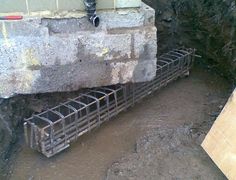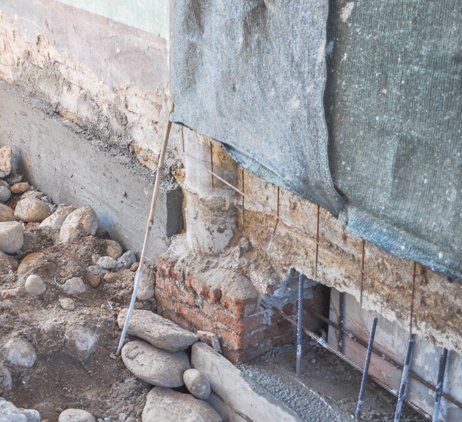
Inspecting an Underpinning A Slab
May 18, 2021a slab is the process by which waterproofing of slabs is attained. Most slabs are put prior to construction and slabs need to be waterproofed after construction. Therefore, adequate time should be allowed for good wetting of the base slabs before building and maintenance should also be cared for properly. Underpinning a slab denotes the use of plastic first beneath the slab and then the second coating of insulation is put above this initial layer. The thickness of the first layer of vinyl is dependent on the amount of water that’s present in the soil.

Inspecting an Underpinning A Slab
A major advantage of underpinning a slab is the fact that it offers several advantages over conventional slab bases. Most of the disadvantages associated with slab foundations are preventive in nature and do not arise when a slab is laid sub perfectly. Underpinning provides a much stronger foundation which may be considered when compared with the results obtained from poor excavation or heave. Traditional excavation or heave usually entails deep damage of surrounding vegetation, soil movement at the area of excavation, etc..
Inspecting an Underpinning A Slab
Another significant advantage of the usage of Underpinning a Slab is that it provides a very powerful and stable foundation that could take on significant weight. Additionally, it ensures that surplus ground water is drained away from the construction and to this degree also helps in preventing the growth of vegetation in the region around the construction. The majority of the slabs need sealing or cementing of the concrete slabs. Sealing the concrete slab aids in preventing the development of mould and fungus and also helps in preventing breakage of the concrete slabs. By employing a proper concrete sealant under a slab you can protect against water seepage may even be prevented if the slabs are well anchored. Moreover, by doing good maintenance of your slab you can reduce the odds of its cracking or breaking under any weather condition.
While undertaking slab foundation repair, you ought to have proper slab foundation repair plans that clearly describe the entire process. You need to conduct a detailed inspection of the entire area where you’re planning to install the Underpinning A Slab. The inspection must include the surrounding region, the nature of the soil in that area, the slope of the surrounding area, the availability of underground water supply, the proximity of utilities, etc..
If you discover that any of these conditions are met then you need to assess whether there’s a chance of water seepage into the slab. Water seepage causes base failure because it can produce the foundation weaken and make problems like growth of soil movement, contraction of the soil pressure, and contraction of inner spaces. This will eventually result in the top layer of the ground to buckle or shake. In fact, soil pressure can contract or expand to a great extent and may even lead to a complete subsidence of a building. Additionally, soil movement may make the foundation failure more rapid.
In order to look after any possibility of moisture seepage or foundation failure, you should dig a few holes along the perimeter of the proposed base piers. You need to set the camera inside the holes and have a series of pictures while your hands are within the pockets. This will allow you to identify lumps and wrinkles from the soil that could lead to foundation failure. You could even spot jagged or jagged pilings. Such irregularities may often indicate that the piers weren’t properly placed and therefore are being pushed down by extension and contraction of the land.
As soon as you have identified the problem areas, the next step is to find the exact location where the problematic area is located. If the soil lumps and lumps are located close to a water source, then the engineer should indicate to build a trench near the below deck of the boat. The trench should be strong enough to permit water to pass through melbourne underpinning and also the engineer should make appropriate repairs along the outside of this trench. If the problem lies somewhere else, then the engineer should confirm whether the present foundation movement is causing the issue.
In conclusion, if the issue lies in the area where the boat’s Underpinning A Slab is located, then the engineers will suggest to replace the slab using an expanded polystyrene coating. In case the problem lies somewhere else, then the engineer has to correct the soil round the Underpinning A Slab using a trowel and place a plastic liner in the pit. The lining should be thick enough to absorb the hydrostatic pressure of the expanding land. The engineer should use exactly the same thickness of the lining, as used in the planned pit to ensure sufficient support to the Underpinning A Slab. The final step would be to fill out the pit with dirt and then prepare the vessel and then take it out for repairs.
